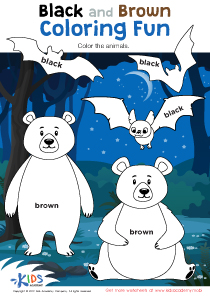Sound Association Grade 3 English for Beginners Worksheets
5 filtered results
-
From - To
Explore our engaging "Sound Association Grade 3 English for Beginners Worksheets," designed to enhance early language skills for ESL learners. These accessible worksheets help students connect sounds to letters and words, fostering phonemic awareness essential for reading fluency. With a variety of interactive activities, children will hone their listening and pronunciation skills while enjoying fun, age-appropriate exercises. Ideal for classroom use or home practice, these resources support diverse learning needs and encourage a love for language. Download our printable worksheets today and watch your students thrive as they master sound association and gain confidence in their English skills!
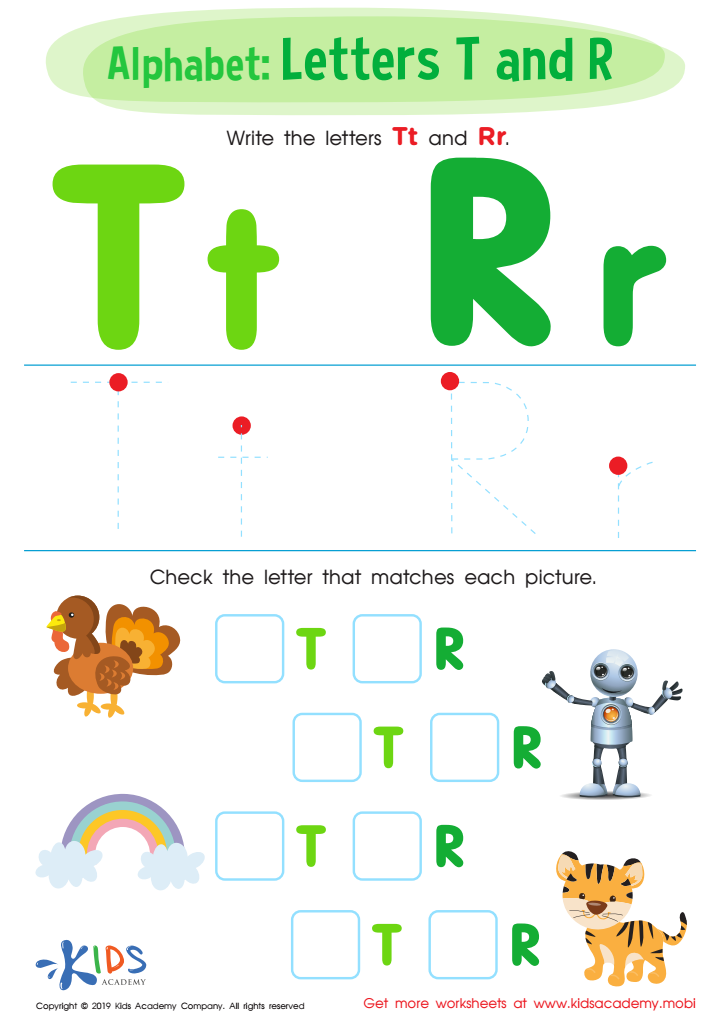

Letters T and R Worksheet


Letter T Coloring Sheet
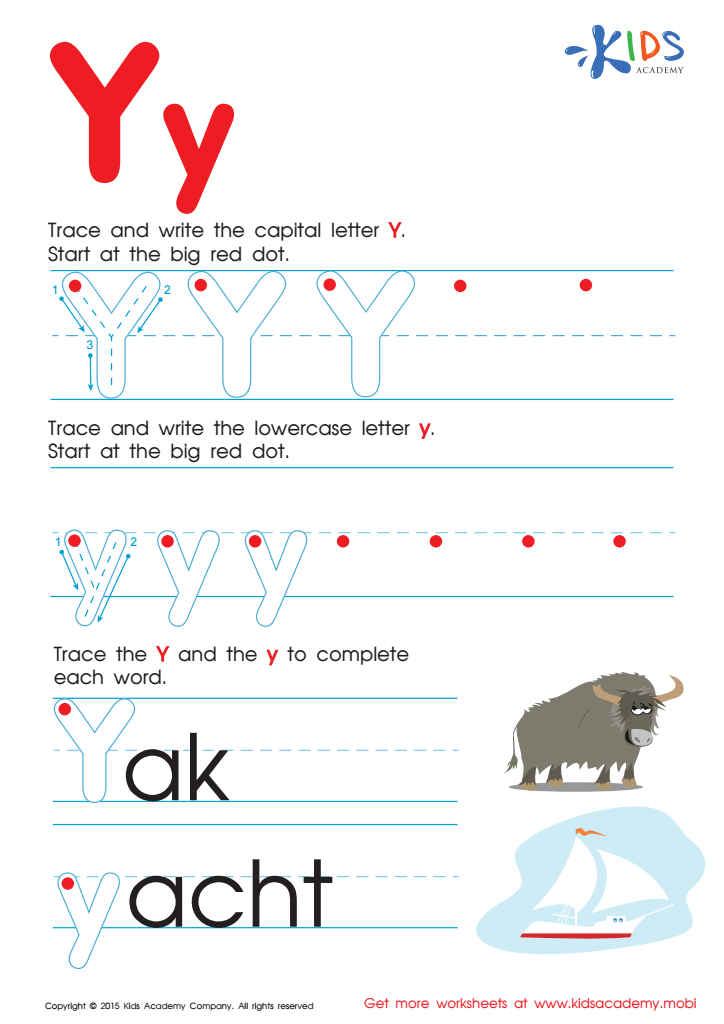

Letter Y Tracing Page
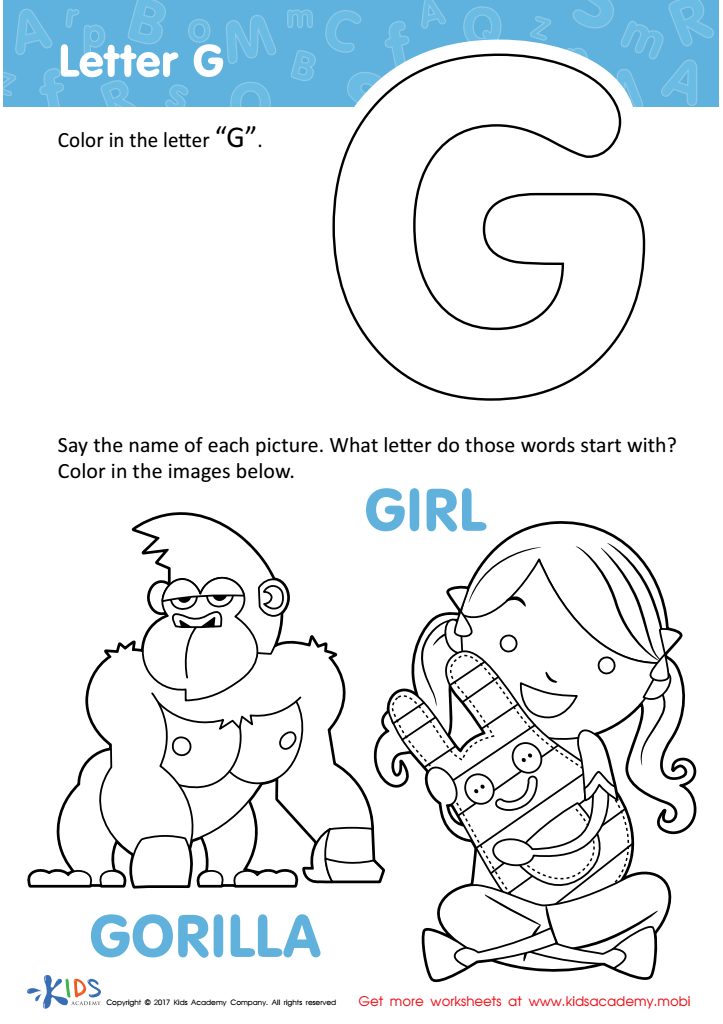

Letter G Coloring Sheet
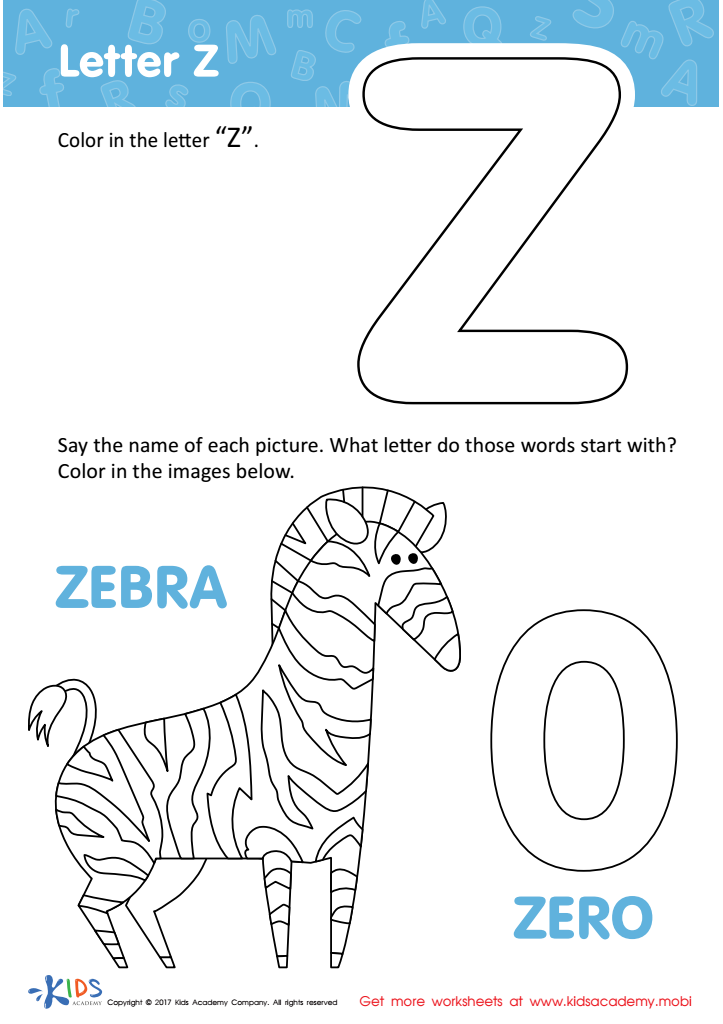

Letter Z Coloring Sheet
Sound association is a foundational skill in developing literacy for third-grade learners. It aids students in connecting sounds with letters and words, forming a crucial bridge between phonics and fluent reading. This skill is particularly significant for English language learners, as it enhances their decoding abilities, allowing them to read more efficiently and comprehend texts with greater ease.
Parents and teachers should prioritize sound association because it fosters a sense of confidence in students as they navigate reading and writing tasks. A solid grasp of sound-letter relationships helps children predict how words are constructed, thus supporting their spelling and writing skills. Furthermore, it lays the groundwork for vocabulary development and comprehension, as children are more likely to understand and engage with texts when they can read them fluently.
Moreover, strong reading skills correlate with academic success across subjects, highlighting the importance of sound association in holistic educational development. In summary, prioritizing sound association in grade 3 not only enhances reading proficiency but also instills a lifelong love of reading, empowering students to succeed in their academic journeys and beyond. By supporting this skill, parents and teachers play a vital role in shaping confident, competent readers and learners.
 Assign to My Students
Assign to My Students




